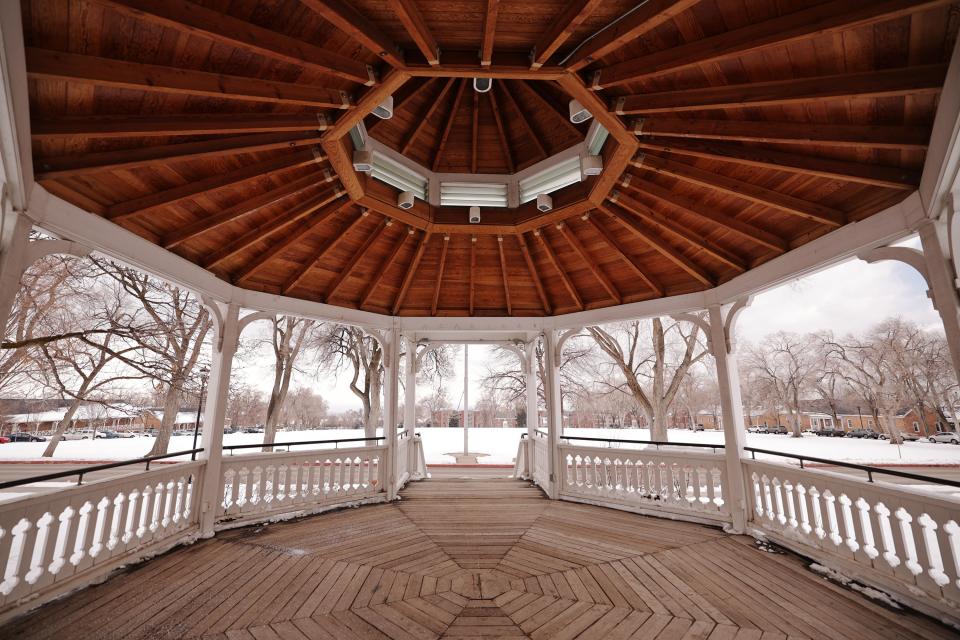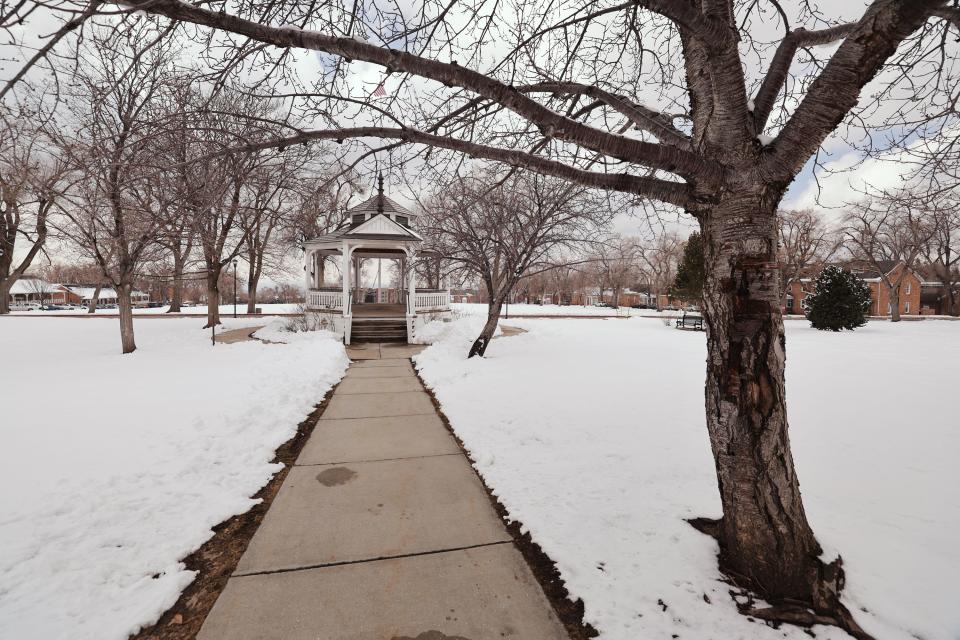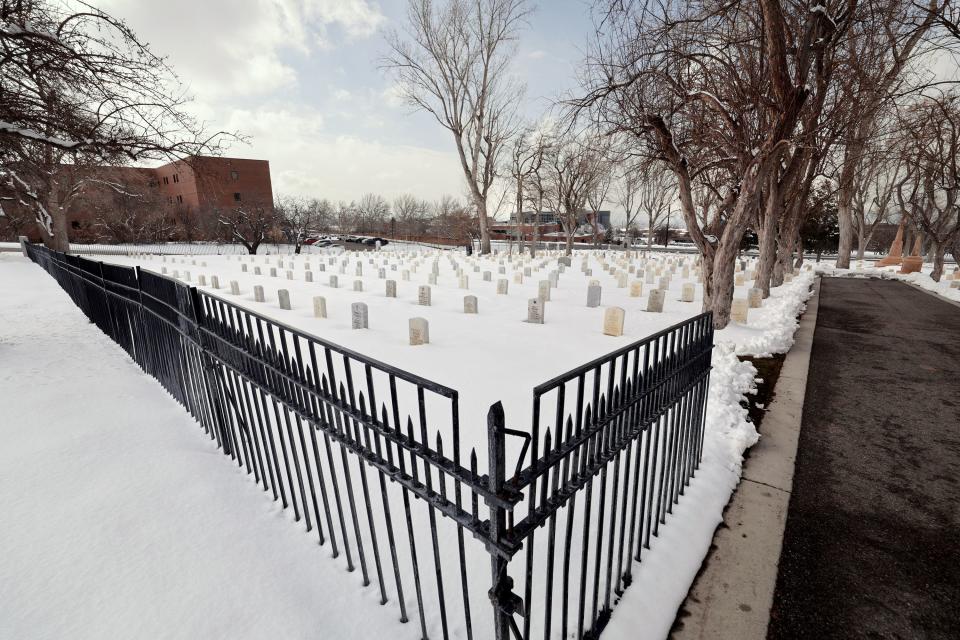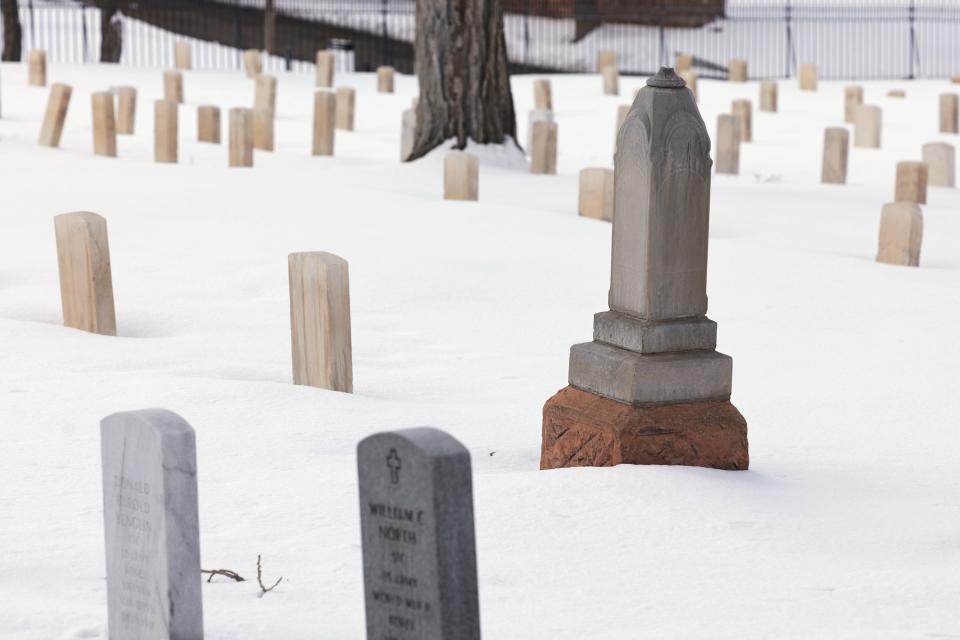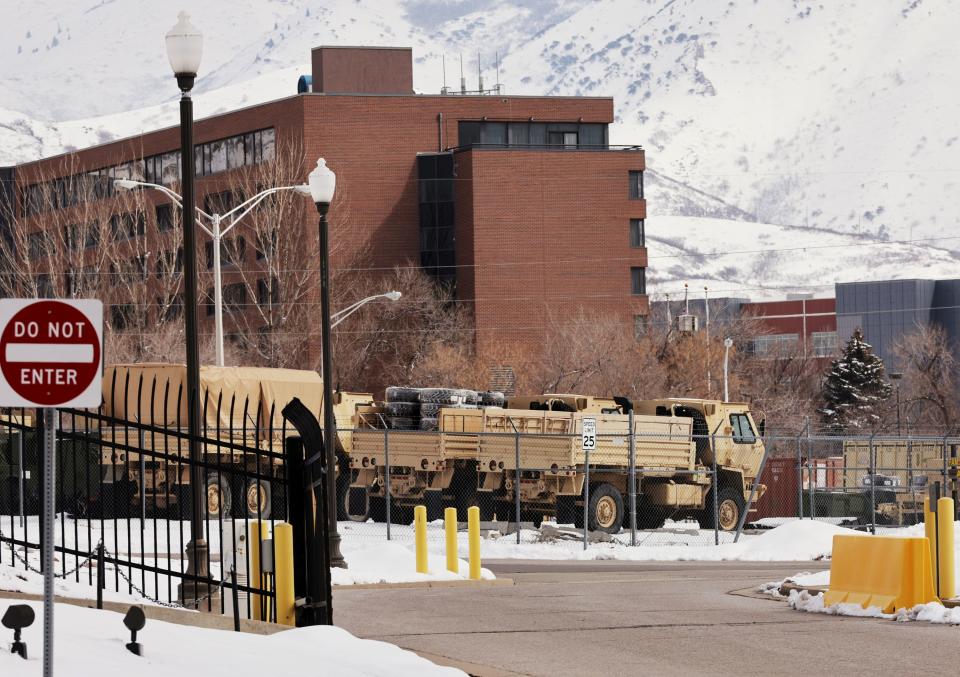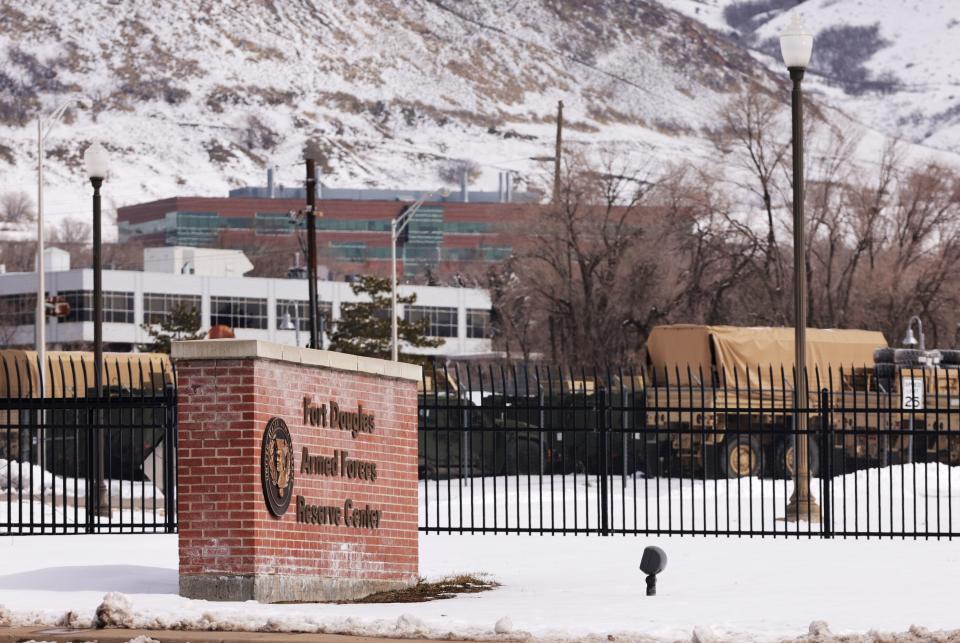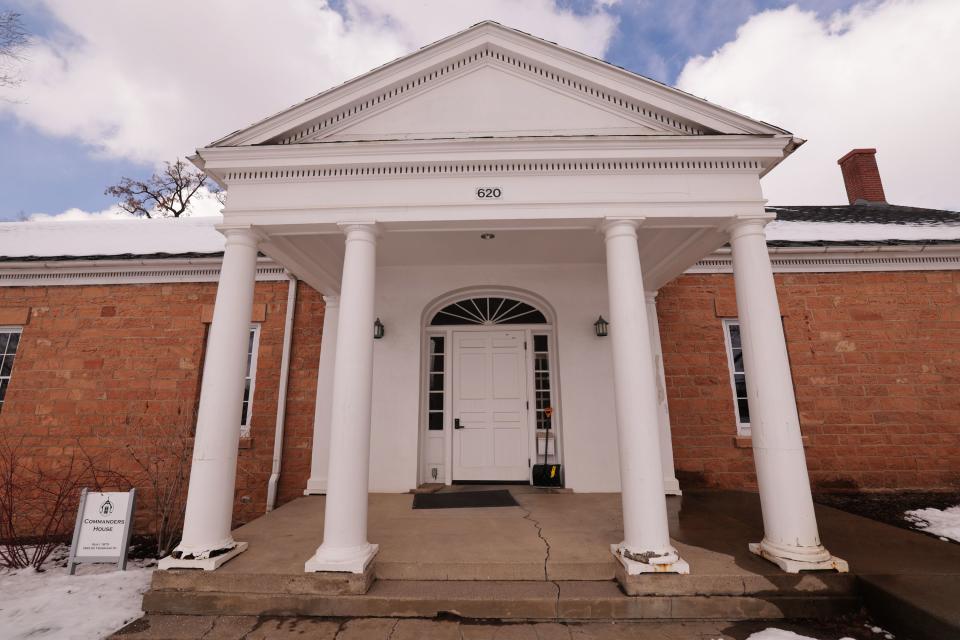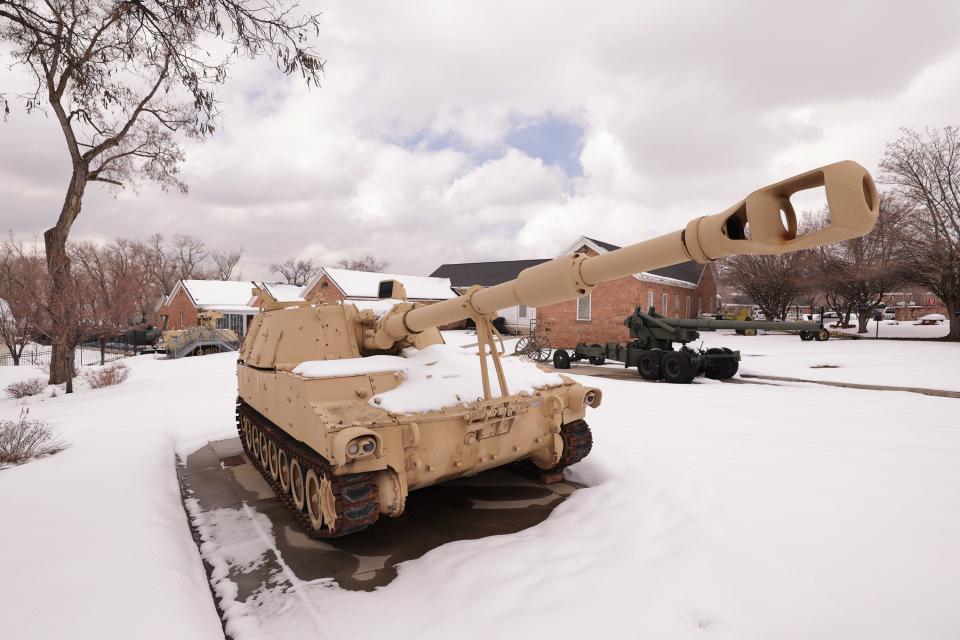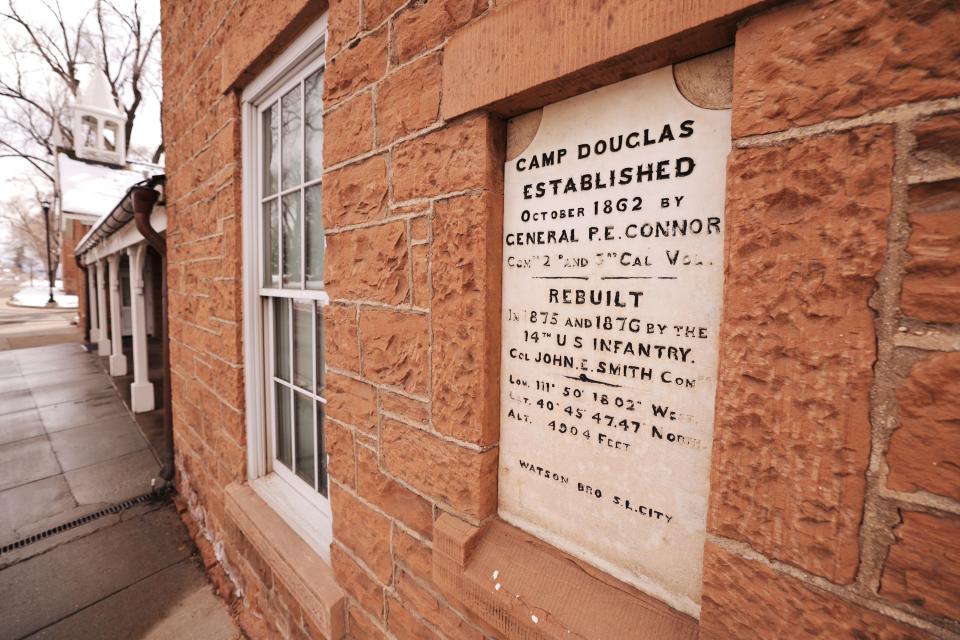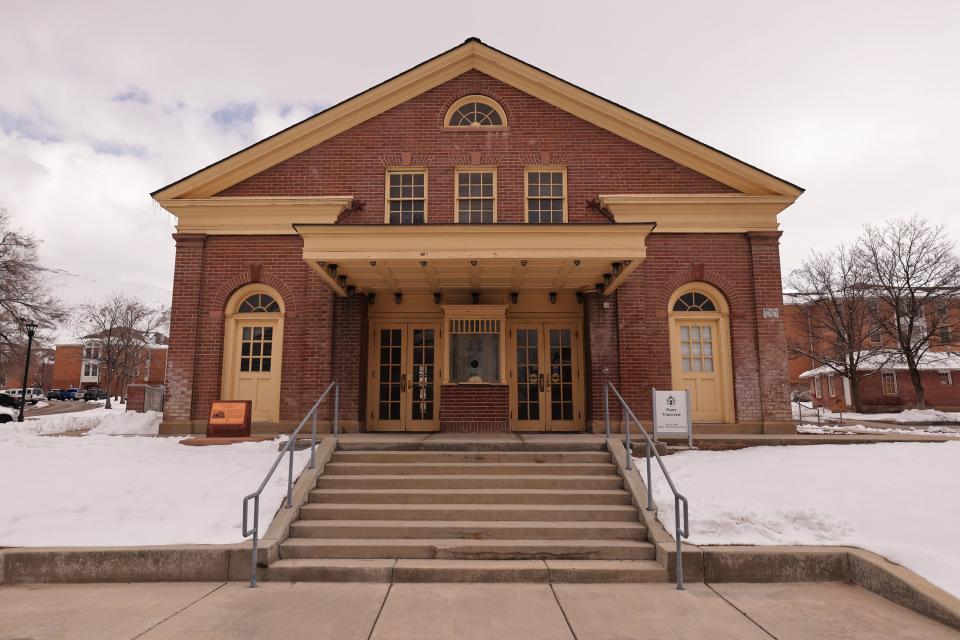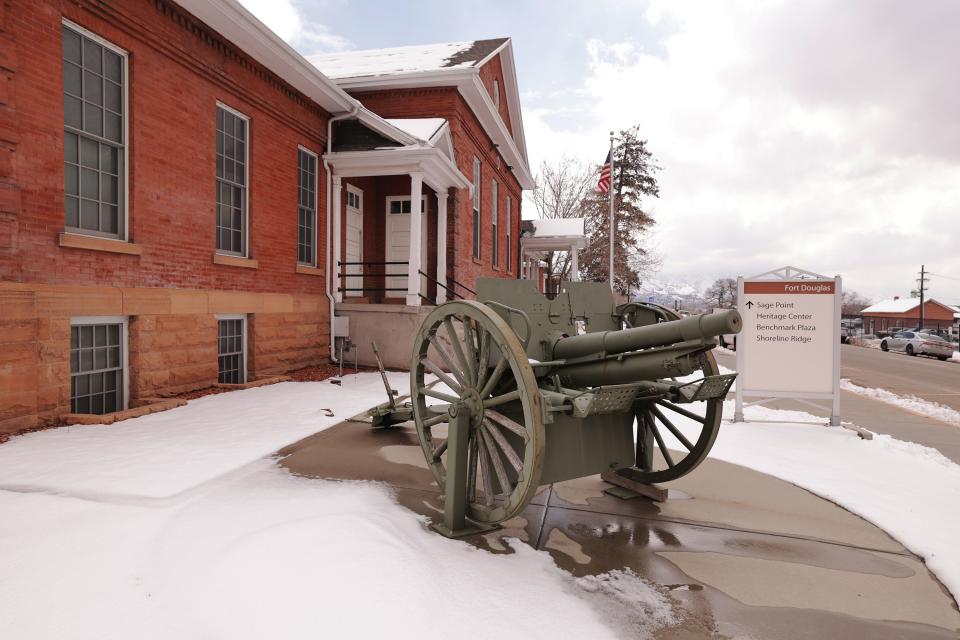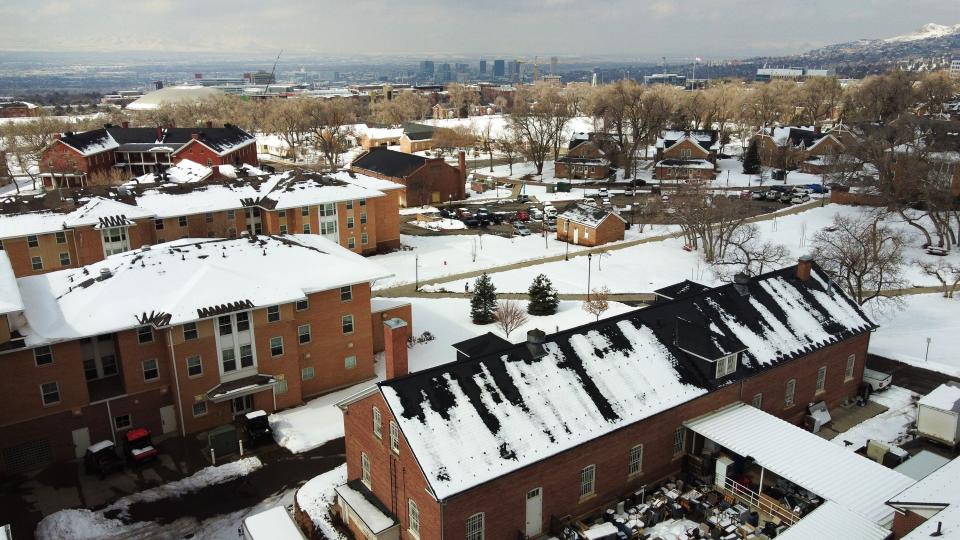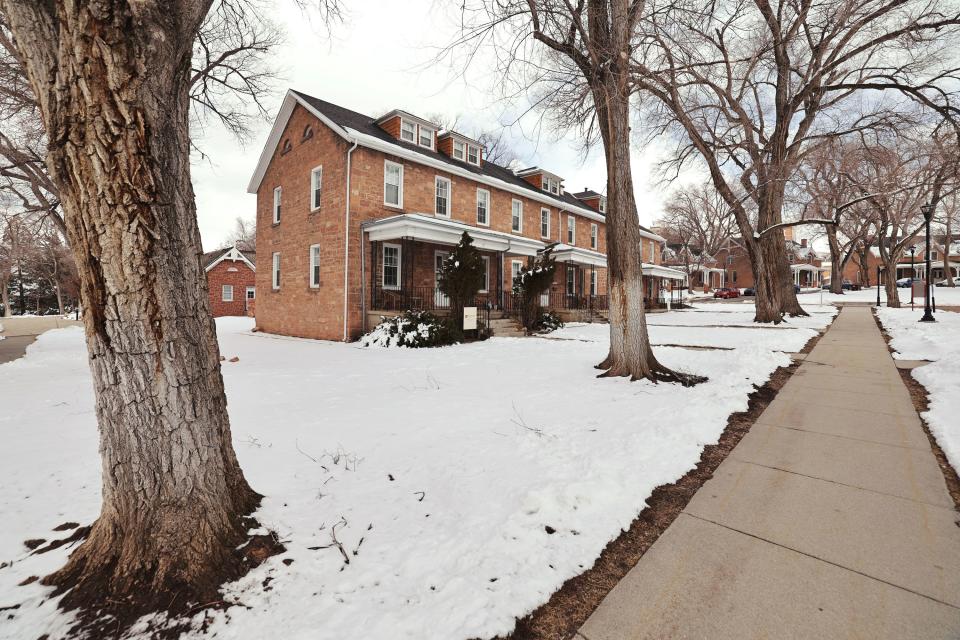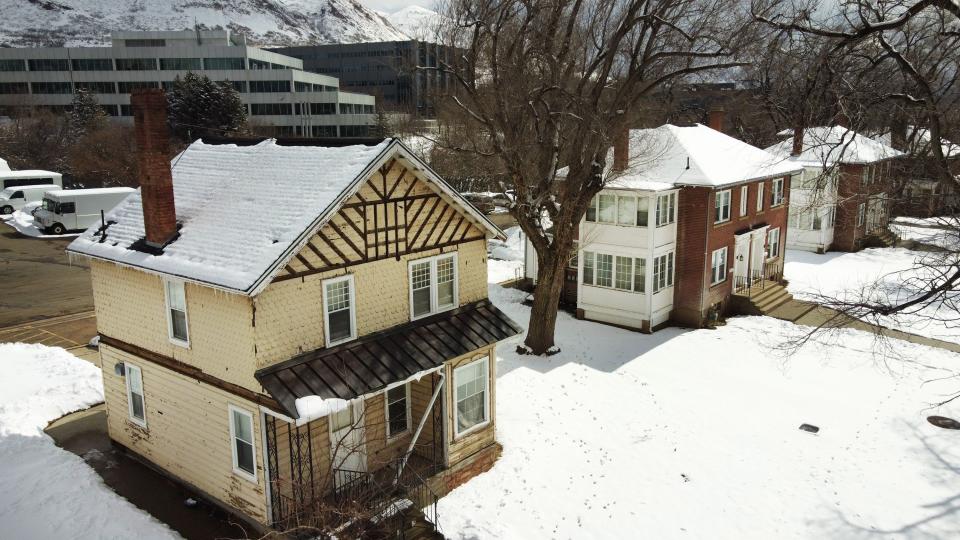University of Utah gets $100M to move military reserve center from historic Fort Douglas
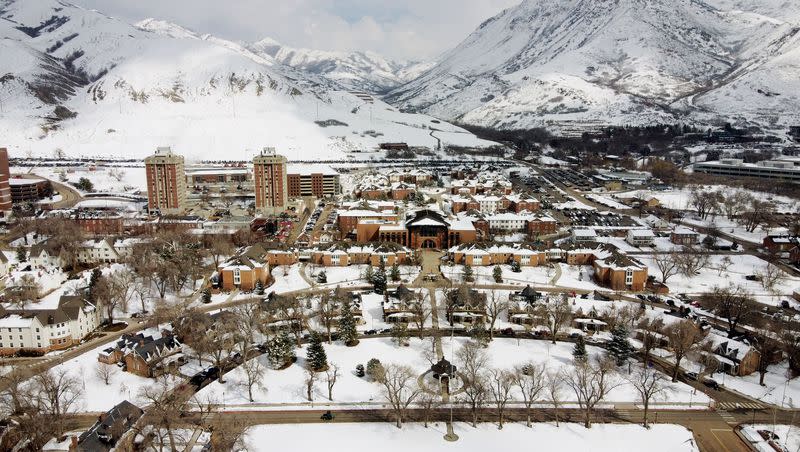
The Utah Legislature has appropriated $100 million to the University of Utah to facilitate relocation of the Stephen A. Douglas Armed Forces Reserve Center from the historic Fort Douglas.
The center, located along Mario Capecchi Drive on the southeast entrance of the campus, will be relocated to land held by the State Armory Board at Camp Williams, including the design and construction of new facilities at the camp in Bluffdale, according to legislative intent language.
The appropriation of one-time funding was approved by the Executive Appropriations Committee on March 2. The appropriation was included in SB3, commonly referred to as the “bill of bills,” which passed both legislative houses on the final day of the legislative session.
According to a U.S. Army Reserve website, the 76th Operational Response Command on historic Fort Douglas “is the Army Reserve’s Center for Defense Support of Civilian Authorities, providing support to state and local officials, first responders and other federal agencies during emergencies or natural disasters.”
Aundrea Peterson, the Utah Senate’s deputy chief of staff, said a year ago that the Utah Legislature appropriated funding to purchase land around Camp Williams to begin to relocate Army functions from Fort Douglas.
“This session’s funding was the second step in the process,” she said.
Jason Perry, the University of Utah’s vice president for government relations, said the appropriation is “foundational for us to help make that move happen. What happens next is a process of a lot of planning, making sure we take care of the historic pieces of Fort Douglas which we intend to do, and to make sure that these commands have a place like Camp Williams, for them to operate.”
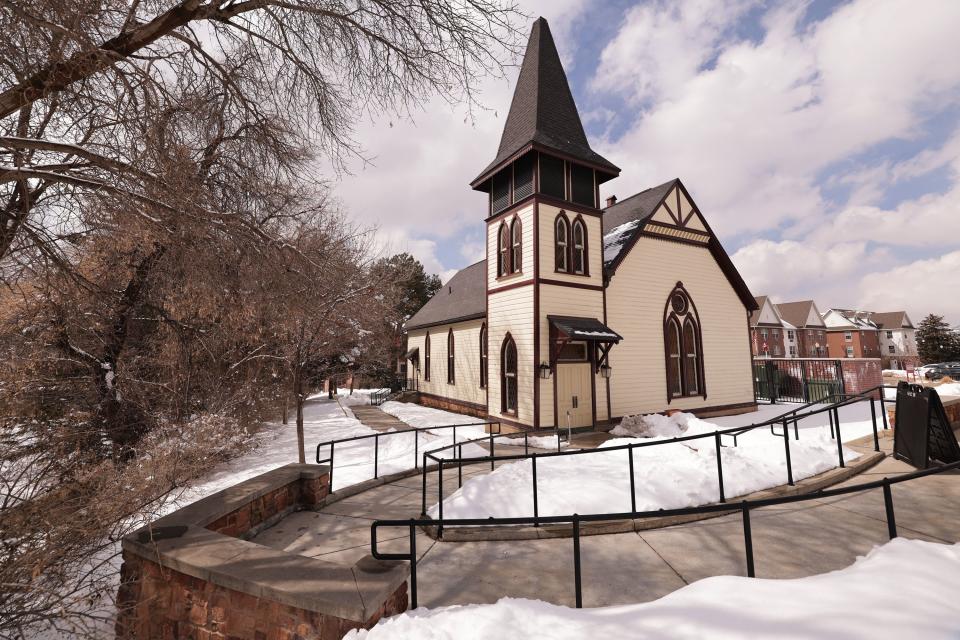
Fort Douglas dates back to the Civil War and its history is interwoven with that of the University of Utah, established in 1850 as the University of Deseret.
According to a brief history compiled by the university, there is a long tradition of granting and selling excess land and property to others in the area.
“At one time, the Post contained 10,525 acres,” the publication states.
“In 1874, Congress set aside 50 acres of the southwest corner of the Post as a public cemetery, which became Mt. Olivet Cemetery. In 1909, an additional 60 acres of the Post were added to the cemetery. Congress also granted 60 acres to the University of Utah in 1894, an additional 32 acres in 1906, and another 61.5 acres in 1932,” according to the publication, published in 2003.
More recently, Fort Douglas and then-new student housing served the Athlete’s Village for the 2002 Winter Olympic Games and later that year as the Paralympic Village. Some 50.9 acres remain, Perry said.
The sizable appropriation comes as the university has embarked on ambitious plans to build 5,000 additional student housing units over the next several years, which would double its on-campus housing. Plans call for transforming a “historically commuter campus into a campus community.”
University of Utah President Randall Taylor, addressing the Legislature’s Higher Education Appropriations Subcommittee, said one of the university’s goals is to grow to 40,000 students who graduate in a timely manner and then “get them incredible jobs.”
Perry said the Fort Douglas property has not been master planned and a timeline of relocating the Armed Forces Reserve Center has yet to be established.
“We will be working in earnest with the United States Army Reserve for the facilities that they will need by Camp Williams. I don’t know how long that’s going to take but we’re going to do it right,” Perry said.
Perry said there are several considerations for the university and other parties to work through, such as historic buildings and ensuring “we keep these commands in the state of Utah and we have a suitable location for them to go.”
He continued, “We’ve been working closely with the Utah National Guard and the United States Army Reserves on this process, and the reality is, is the facilities there are old and there is a way for us to upgrade their facilities and keep these commands in Utah. So this ends up being one of those true moments where it’s beneficial for the state, for the military and for the University of Utah.”
